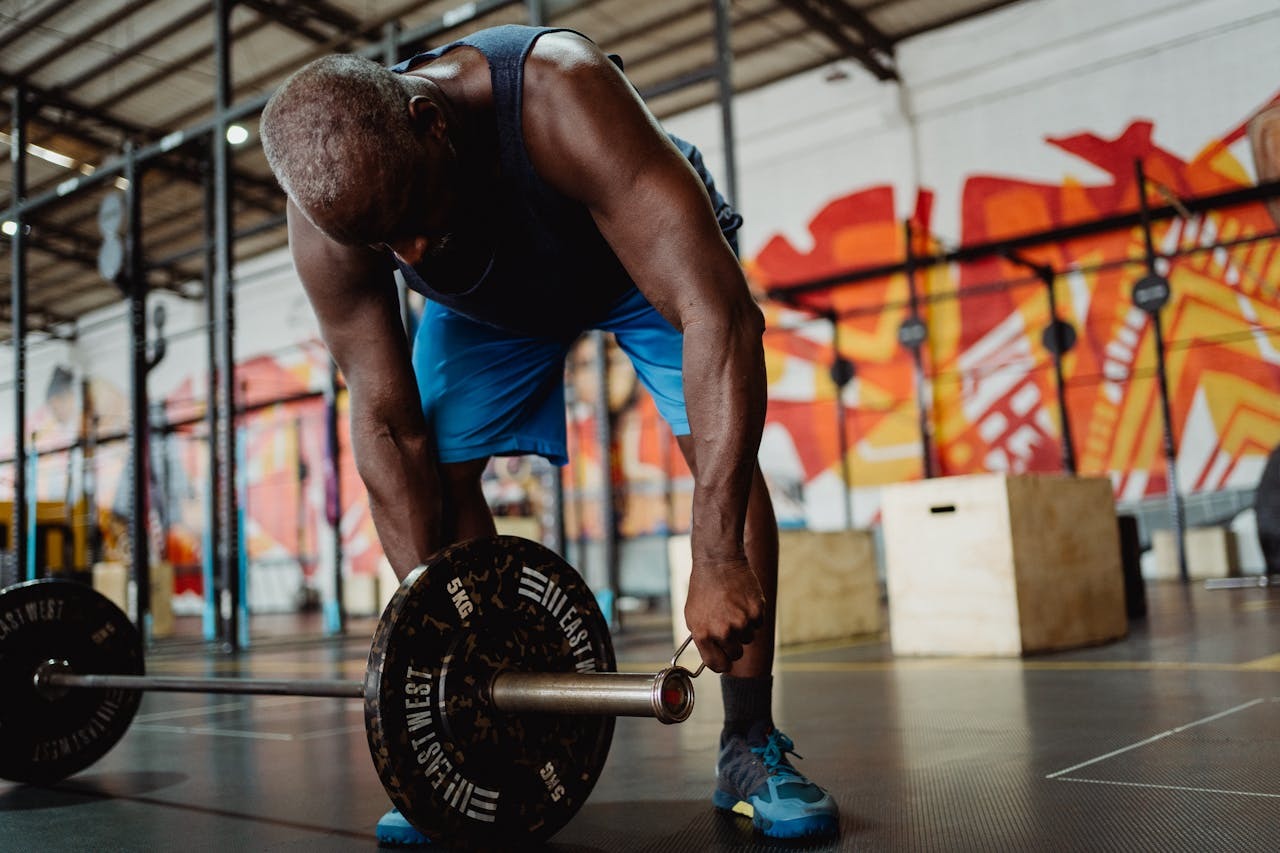Athletes in competitive sports constantly seek ways to gain an edge, whether through better training techniques, optimized nutrition, or advanced recovery methods. Laser therapy, specifically Low-Level Laser Therapy (LLLT), is emerging as a cutting-edge tool to aid recovery and enhance athletic performance by reducing downtime between sessions and preventing injuries.
How Laser Therapy Supports Performance Through Faster Recovery
Laser therapy, also known as photobiomodulation therapy (PBMT), uses red and near-infrared light to penetrate deep into tissues, stimulating cellular energy production and reducing inflammation. This accelerates the body’s natural healing processes, allowing athletes to recover faster and train harder. The Handy Cure Low-Level Laser Therapy Device is an excellent example of an at-home device designed to make this technology accessible to athletes.
Key Benefits of Laser Therapy for Competitive Athletes
- Reduced Muscle Fatigue: Laser therapy improves mitochondrial function, providing cells with more energy to repair micro-damage caused by intense training.
- Faster Recovery: By decreasing inflammation and oxidative stress, it speeds up the healing process for muscles and tissues.
- Injury Prevention: Regular use of laser therapy strengthens connective tissues and reduces the risk of overuse injuries.
- Improved Performance: Faster recovery enables athletes to train more consistently and at higher intensities.
- Drug-Free Solution: Laser therapy offers a natural, non-invasive alternative to medications or invasive treatments.
Top 5 Questions About Laser Therapy and Athletic Performance
1. How Does Laser Therapy Boost Athletic Performance?
Laser therapy enhances performance indirectly by reducing recovery times and minimizing muscle soreness. This allows athletes to engage in more frequent and intense training sessions without risking injury or fatigue. Over time, the cumulative benefits of consistent training lead to improved strength, endurance, and overall performance.
2. Can Laser Therapy Help Prevent Common Sports Injuries?
Yes, laser therapy strengthens muscles, tendons, and ligaments by promoting collagen production and reducing inflammation. This enhances tissue resilience, helping to prevent overuse injuries such as tendinitis, stress fractures, or muscle strains.
3. How Quickly Can Athletes Expect to Recover Using Laser Therapy?
Recovery time varies depending on the severity of soreness or injury, but many athletes report noticeable reductions in pain and fatigue after just a few sessions. For best results, use devices like the Handy Cure Low-Level Laser Therapy Device immediately after training or competition.
4. Is Laser Therapy Safe for High-Performance Athletes?
Absolutely. Laser therapy is non-invasive, painless, and free from significant side effects when used as directed. It’s safe for regular use and is even suitable for athletes recovering from injuries or surgeries.
5. How Often Should Athletes Use Laser Therapy?
Most athletes benefit from using laser therapy 2-3 times per week during training periods or more frequently after intense sessions. The Handy Cure Low-Level Laser Therapy Device is designed for at-home use, making it easy to incorporate into daily recovery routines.
Why Laser Therapy is a Game-Changer for Athletes
In competitive sports, the ability to recover quickly and consistently can mean the difference between winning and losing. Laser therapy accelerates recovery, reduces soreness, and strengthens tissues, enabling athletes to maintain peak performance throughout their training cycles. Devices like the Handy Cure Low-Level Laser Therapy Device make it easier than ever to integrate this technology into an athlete’s regimen.
If you’re looking to enhance your athletic performance by improving recovery times, explore laser therapy as a proven, natural, and effective solution.
